Solar thermal power generation is a form of technology that uses solar concentrators to convert solar radiant energy into thermal energy and then convert it into electrical energy in various ways.
Solar thermal power generation includes: concentrated solar thermal power generation (CSP), solar semiconductor thermoelectric power generation, solar chimney power generation, solar pool power generation and solar thermal power generation.
Concentrated solar thermal power (CSP) is a form of technology that has been commercialized on a large scale.
CSP is a technical form of power generation through a "photo-thermal-work" conversion process, which is similar in principle to a conventional fossil fuel power plant. The biggest difference between the two is that the input energy is different. The solar thermal power generation uses solar energy: The concentrator converts the low-density solar energy into high-density energy, converts the solar energy into heat energy through the heat transfer medium, and performs work through the thermodynamic cycle. Conversion to electrical energy.
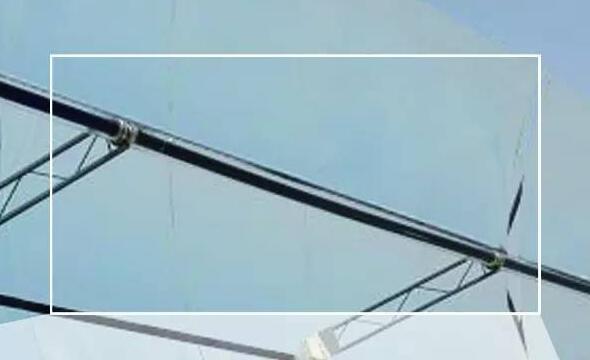
The principle of solar thermal power generation is to collect sunlight into a solar energy collection device through a mirror, and the principle of heat transfer in a solar heating collection device is to collect solar light into a solar energy collection device through a mirror. The solar energy is used to heat the heat transfer medium (liquid or gas) in the collecting device, and then the water is heated to form a steam to drive or directly drive the generator to generate electricity. Photothermal power generation has three systems: trough, tower and dish.
Trough
1. Point focusing technology: The heliostat automatically tracks the sun, and the focused sunlight is reflected into the heat absorber at the top of the tower. The heat sink heats the heat transfer medium inside the tube, converts the sunlight energy into heat energy, and then generates electricity through the thermodynamic cycle.
2. Concentration ratio is 300-1000. The system has high comprehensive efficiency.
3. Type of heat absorber: Water/steam, molten salt, air, etc. The commercial power station uses water/steam as the working medium (mainly considering the technical risk is small and the structure is relatively simple).
4. The working temperature range of the heat transfer medium is 250~1200C, and steam turbine or gas turbine can be used.
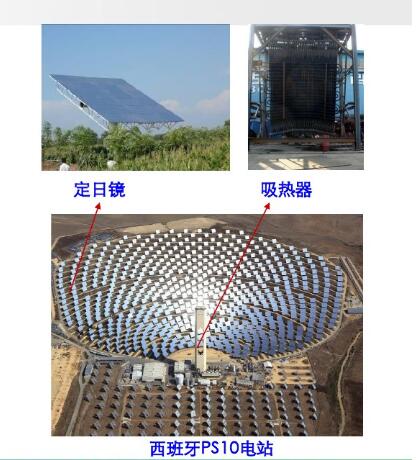
Tower
1. Line focusing technology: The parabolic trough mirror is used to concentrate the sunlight on the heat absorbing tube located on the focal line, heat the heat transfer medium (oil or water) inside the tube, and then generate steam to drive the steam turbine through the heat exchanger. The unit generates electricity.
2, the concentration ratio is between 70-80; the system is less efficient
3. Working medium in the heat absorber: Synthetic oil, water, etc. The working temperature of the current medium is generally within 400C.
4. The US 354MWSEGS power station was built in the 1980s and has been in operation for more than 20 years.

Dish
1. Point focusing technology: Using a rotating parabolic mirror, the incident sunlight is concentrated at the specular focus where the solar heat absorber can be placed to absorb the heat energy to heat the working fluid to drive the steam turbine generator set, or to place the solar Stirling power generation device. Or direct power generation by high-power concentrating photovoltaic systems (CPV).
2, the concentration ratio of 1000-3000; high system efficiency
3, the single machine scale is small, very suitable for distributed generation. In January of this year, the world's first commercial disc Stirling system was put into operation in the United States, with a total capacity of 1.5MW, consisting of 60 single-machine 25kW systems.
4. As of October 2010, California has approved a total of 1372.5MW dish Stirling power station project.
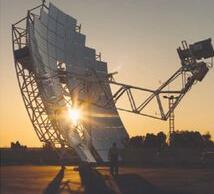
There are two ways to use solar energy: one converts solar radiation into electrical energy through photovoltaic cells. The common way to use solar cells is to use solar collectors to convert solar radiation into heat. The simplest is the roof water heater used at home. .
The use of solar thermal power generation has now become a key area of ​​global venture capital, the principle of which is to collect sunlight from a pipe or container containing a liquid through a concentrating device. With solar thermal energy, the liquid is heated to a certain temperature, generating steam and then driving the turbine to generate electricity, which is converted into electrical energy. This type of power generation is known as solar thermal power generation.
Because solar thermal power requires sufficient direct solar radiation to maintain a certain power generation capacity, the desert is the ideal location for plant construction. Compared with traditional power plants, solar thermal power plants have two major advantages: the entire power generation process is clean, without any carbon emissions; the use of solar energy does not require any fuel costs.
Another feature of solar thermal power generation is that its thermal energy storage costs are much lower than the cost of storing electricity in batteries. For example, an ordinary thermos and a laptop battery store the same amount of energy, but obviously the cost of the battery is much higher. Being able to store solar thermal energy means that solar thermal power plants can overcome the drawbacks of traditional power plants that may be interrupted.
However, price has become a major obstacle to the promotion of solar thermal power generation. For example, in the southwestern United States, after considering federal tax incentives, the price of solar thermal power plants is about 13 cents to 17 cents per degree. The US Department of Energy has set a goal to reduce the price of solar thermal power generation to 7 cents to 10 cents per kWh by 2015, and further down to 5 cents to 7 cents per kW by 2020 to make solar heat Power generation can compete with traditional power generation methods such as coal power.
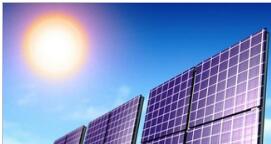
Experimental power station
Asia's first solar thermal power generation experimental power station - After 6 years of scientific research and construction, China's first and Asia's largest tower solar thermal power station - Badaling Solar Thermal Power Plant was built in Yanqing and successfully completed in August 2012. Power generation. This has also made China the fourth country in the world to master solar thermal power generation technology after the United States, Spain and Israel.
As the key project of the national “863†plan, the whole project research and development started from the end of 2006, and the experimental power station partially broke ground in July 2009. Since there is no precedent in China, there are no technical parameters and design specifications at the beginning of the project. The design of the heliostat is only finalized after four generations of research.
The experimental power station is located in Dafuyu Village of Badaling Town. The thermal power generation experimental base covers an area of ​​208 mu. The base includes a 119-meter-high heat collecting tower and 100 heliostats with a total area of ​​10,000 square meters. After the completion of the heat collecting tower, the heat absorber that was originally placed on the steel tower was successfully installed at the top of the collecting tower and officially put into use.
In June 2013, the power station could be integrated into the national grid. In the second half of the year, the power station will start construction of a 1 MW trough thermal power generation system. After it is put into use, the power generation will further increase.
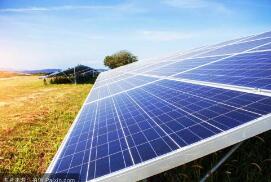
Portable Projector With Battery
The so-called Portable Projector, also known as pocket projector, mainly through the 3M LCOS RGB three-color projector and decoding technology, the traditional huge projector is refined and portable, making the projection technology closer to life and entertainment. A portable projector with a battery is a projector that does not need to be charged.
The most prominent advantage of a portable projector with a battery is that it can be used directly without being connected to a power source. You can take it to play or travel outdoors. It is very convenient. As long as you charge it well before going out, it will take time to watch a movie. There is absolutely no problem.
If you are traveling for business or personal use, you can indeed try a portable projector with a battery, it will make your life more convenient and better.
Portable Projectors With Battery,Best Portable Mini Home Projector 2022,Battery Powered Mini Projector,Portable Projector with Built-in Battery,Best Budget Projectors with Built-in Battery
Shenzhen Happybate Trading Co.,LTD , https://www.szhappybateprojectors.com